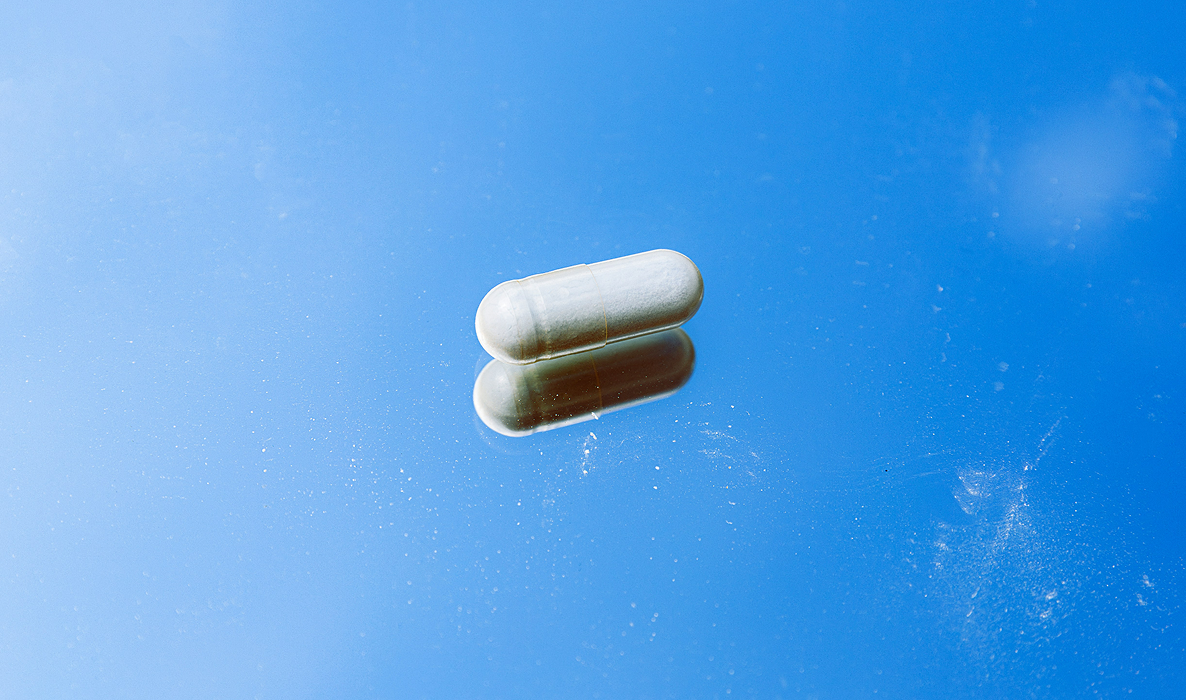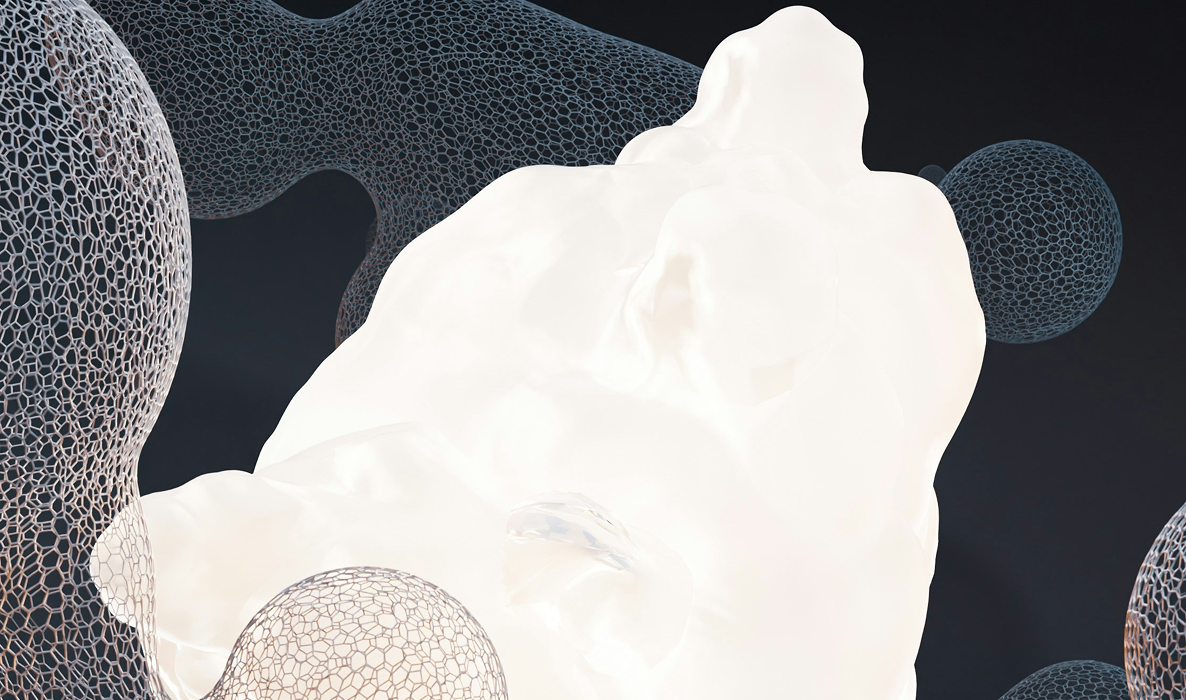By Josh Whalen, Founder of Blokes
If you’re on testosterone replacement therapy (TRT) or taking a testosterone booster like enclomiphene, there’s one lab marker that deserves just as much attention as your testosterone levels: hematocrit.
Understanding and managing hematocrit is critical. It’s not just about how you feel today. It’s about protecting your heart and long-term health.
What Is Hematocrit?
Hematocrit refers to the percentage of your blood volume made up of red blood cells. It’s a simple ratio, but it plays a powerful role in how your body delivers oxygen.
- Higher hematocrit means more oxygen-carrying capacity
- Too high means thick, sticky blood that puts added strain on your heart and blood vessels
According to the National Institutes of Health (NIH) 1, normal hematocrit levels for men typically range from 38.3 to 48.6 percent. TRT often pushes that number higher because testosterone increases red blood cell production.

How TRT and Enclomiphene Affect Hematocrit
Testosterone therapy stimulates erythropoietin, a hormone that signals your bone marrow to make more red blood cells. That’s why guys on TRT or Enclomiphene tend to see a bump in hematocrit.
That bump can be a good thing. More red blood cells mean better endurance, more energy, and faster recovery. But when hematocrit climbs too high, it becomes a problem.
Once you cross 52 to 54 percent, the risk for cardiovascular issues starts rising fast.
I Deal With This Too
“Personally, I struggle with elevated hematocrit. It’s something I monitor closely, and it reminds me that TRT isn’t just about boosting levels. It’s about doing it responsibly and with the right oversight.”
-Josh Whalen, Founder
Why High Hematocrit Is a Problem
When hematocrit gets too high, your blood becomes more viscous. Think syrup instead of water. That thick blood makes it harder for your heart to pump and increases the risk of:
- Stroke
- Heart strain
- Blood clots, especially when flying or dehydrated
A 2015 study in The Journal of Clinical Endocrinology & Metabolism 2 found elevated hematocrit to be one of the most common side effects of TRT, especially with injectable esters.

The Optimal Range
At Joi + Blokes, our clinicians typically aim to keep hematocrit within an optimal range of 37 to 51 percent for men and 34 to 46 percent for women. While lab values are important, we don’t rely on numbers alone. We focus just as much on how patients feel. Often, it’s less about whether a value is simply inside or outside the range, and more about how close it is to a point where symptoms or risks begin to show up. This kind of symptom-aware and threshold-driven approach allows for smarter and more personalized treatment.
We’ve recently seen an uptick in cases where clinicians are not monitoring hematocrit closely or at all, and patients are experiencing severe side effects as a result. That deeply concerns me. TRT should never be a set-it-and-forget-it protocol. Monitoring hematocrit is not optional; it’s essential.
How We Manage Hematocrit at Joi + Blokes
You don’t need to track this on your own. We’ve built it into the process.
- It’s included in all comprehensive lab panels
- Reviewed every time your labs come in
- Your treatment is adjusted if your levels trend too high
This means less guesswork and better long-term results.
What If Hematocrit Goes Too High?
If your numbers creep up, we have proven tools to get things back in range:
- Therapeutic blood donation (phlebotomy)
- Adjusting your TRT dose or switching delivery methods
- Adding hydration, omega-3s, NAC, or other supplements
The Endocrine Society’s clinical guidelines 3 support these approaches for managing hematocrit while maintaining the benefits of therapy.
The Bottom Line
TRT can be life-changing when it’s done right. Hematocrit is one of the clearest signs of how your body is responding to therapy. It should be a priority in every lab review.
Whether you’re just starting or have been on treatment for years, we’re here to help you feel better and live longer. That means more than just raising testosterone. It means staying safe, informed, and in control of your health every step of the way.
Feel better. Live longer.
The smarter way to do TRT, with Joi + Blokes.


Meet Josh Whalen
With nearly 20 years in healthcare and a background in regenerative medicine, he knew there had to be a better way. One that’s built around real diagnostics, real conversations, and real results.
Josh created Blokes after going through my own health journey and hitting wall after wall with the traditional healthcare system. He was tired all the time, had zero sex drive, no energy, brain fog… and every time he went to a doctor, Josh was told he was “normal.” But he didn’t feel normal.
That frustration led Josh to take control of his own health. What he discovered was a massive gap in how men are treated when it comes to hormones, performance, and long-term wellness. That’s where Blokes was born.
Josh’s mission is simple: help men feel strong, sharp, and in control without shame, judgment, or guesswork.












